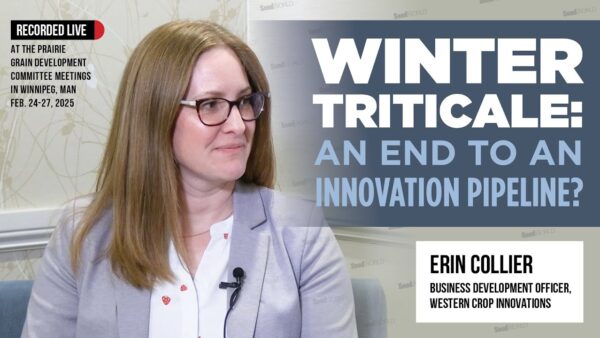Seed innovations are a crucial part of feeding a hungry planet, but do most people understand what this commitment means? I’m not sure even most people who have been in the seed industry for many years understand the commitment, the time, the resources and the dedication it takes to meet growers’ and consumers’ unmet needs. For this article let’s focus on vegetables.
Let’s always start with customers. What do growers expect of their seed companies? My experience with growers for earning their business is a commitment to seed varieties/hybrids that produce high yields, quality and consumer demand that keep their operating costs/unit down and their profitability potential high. Vegetable seed companies focus on delivering products that consumers demand with good shelf life to reduce spoilage at the grower shelf.
Yield, according to plant breeders is a function of genetic potential, environment and management … the old yield = f(genetic potential x environment x management) equation. A grower’s own farm yield is generally challenged with many types of stresses related to this equation: soil type, fertility, moisture availability during season, planting dates, plant populations, pests, diseases, weeds, weather events, timing, heat units, seed treatments, harvest season and so much more! Growers look for a seed innovation solution that helps reduce the “nickel and dime” reduction in yield potential and quality that happen on the farm.
Plant breeders focus on continually increasing the yield potential of their elite lines through old and new plant breeding techniques. Both have a place, but today’s new plant breeding techniques offer faster and more precise understanding how to move “two steps forward without taking a step backward”! In-depth understanding on what part of the genome is responsible for yield, disease tolerance, stress mitigation, fruit setting, mechanical harvest potential and harvest loss minimization is a very complicated situation, but it’s amazing at what today’s plant breeders can and are doing! And they’re doing it knowing that they’re new lines won’t hit commercial fields for seven to 16 years. They have to have their finger on the pulse of growers’ and consumers’ unmet needs as they decipher their work. Product differentiation, taste, quality, nutrient/water stress management, mechanical harvest potential, shelf life, harvest loss minimization, etc., contribute to what consumers want to choose from in grocery shelves. Those are the basics.
Over the last 2-3 decades we have seen an explosion of new vegetables to meet consumers’ unmet demands whether on their plate or in their gardens. A plethora of abundant and nutritious vegetable choices are now available compared to the past. Cultivars that produce in stressful climates and provide a dependable supply of food choices.
Vegetable seed companies must continually innovate in order to “earn” a grower’s seed business and consumer acceptance and must reinvest approximately 20-30% of revenues (turnover) back into new seed innovations. Don’t forget to factor in the many different crops seed and outdoor and controlled environment agriculture scenarios companies may be committed to.
Seed innovations require a significant commitment of talented people, resources, and a germplasm pool over a long period of time to meet growers’ and consumers’ unmet needs.
As of Nov. 15, the 8 billionth global citizen entered this world eager to be fed!
Do you have that commitment?













